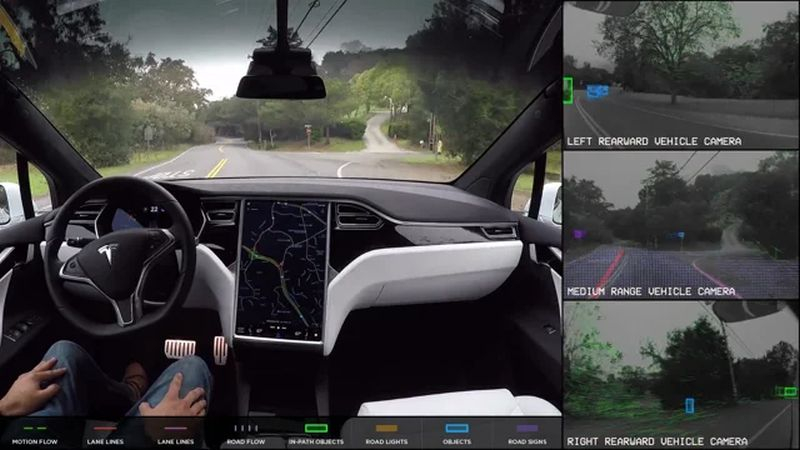Since June of this year, Tesla has received the right to test a set of FSD active driver assistance systems on the roads of Shanghai, but thanks to progress in the development of appropriate software, taking into account American experience, the implementation of this option on the Chinese market may begin in the first quarter of next year. Then this will happen in Europe too.

Image Source: Tesla
As Bloomberg notes, the company announced this the day before. Once regulators in Europe and China approve the use of FSD on public roads, Tesla will be able to offer this option to customers in their respective regions. All electric vehicles of this brand produced since 2016 are equipped with all the equipment necessary for semi-automatic driving; to gain access to this technology, you only need to activate the appropriate software. Those interested can purchase this option remotely; to activate it, they do not need to visit a Tesla service center.
To prepare for the launch of FSD in China, the company had to bring its infrastructure into compliance with the information security requirements of the Chinese authorities, as well as enter into an agreement on the use of digital terrain maps with the Chinese company Baidu. With many Chinese competitors developing and successfully implementing their own autopilot systems, Tesla had to rush to adapt its technology to the Chinese market. Already, Chinese owners of Tesla electric vehicles can pay just over $9,000 extra to activate FSD in the future. A stripped-down version of the system, called Enhanced Autopilot, is offered for half the price.
Along the way, the company published a list of changes that will be implemented in the on-board software of its electric vehicles in September of this year. Firstly, version FSD 12.5.2 will begin to be distributed, which will increase the average distance traveled without driver intervention by three times compared to the previous version. This version of the software uses the computing resources of the AI4 platform, but can also run on AI3, since they are both capable of working with a unified language model. In addition to the recently mentioned function of automatically calling a car from a parking space, in September Tesla will add the ability to track the direction of the driver’s gaze while wearing sunglasses. In addition, Tesla Cybertruck pickups will have automatic parking function for the first time.